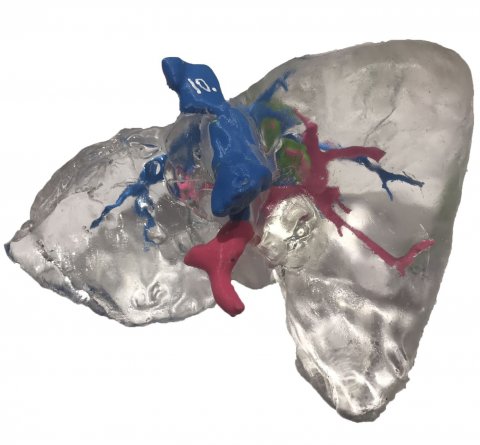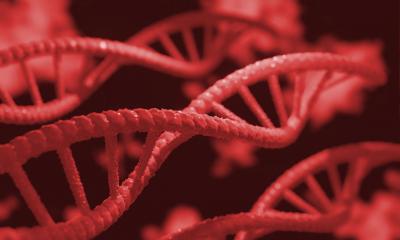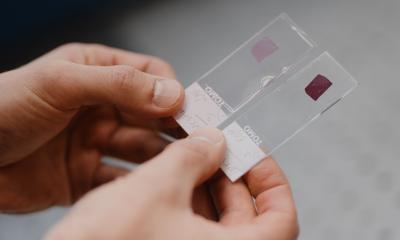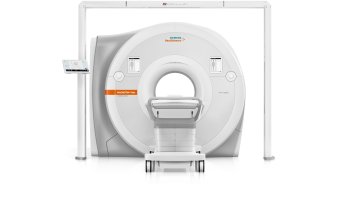News • Understanding oncogenesis
How normal cells turn into liver cancer cells
Researchers at the University of Helsinki could show for the first time that normal human fibroblast cells can be converted to specific cancer cells using only factors that are commonly detected in actual human patients.

Image source: Jan Witowski, 3D printed liver model, CC BY-SA 4.0
Previous studies have achieved this only by using powerful viral factors that are not common in human cancers. Since many human cancer types still lack specific diagnostic markers or effective targeted therapies, these mechanistic insights are important for developing novel diagnostic and treatment options.
The research group of Professor Jussi Taipale that belongs to the Academy of Finland’s Center of Excellence in Tumor Genetics Research, developed a novel cellular transformation assay for studying the mutations that cause human cancer on a molecular level. Using this novel assay, researchers were able to identify a minimal set of defined factors that can convert a normal human fibroblast cell to a liver cancer cell. They also discovered that cellular lineage and differentiation stage are critical factors that determine cell’s response to oncogenic mutations. This provides a mechanistic proof-of-principle for understanding why certain mutations cause cancer in particular tissues. The study led by Dr. Biswajyoti Sahu was recently published in Oncogene. “This is a first-of-its-kind study that introduced a novel approach to systematically investigate molecular determinants causing human cancers” says Dr. Sahu.
This study can have a major impact on better understanding of tumorigenic mechanisms in the future
Jussi Taipale
The innovative feature of the novel cellular transformation assay is to utilize cellular transdifferentiation, in which human fibroblast cells are converted to a different cell type using defined transcription factors, and to expose the cells to oncogenic factors during this transdifferentiation process. “Since previous cancer genome sequencing studies have reported mutations in over 250 genes in different human tumor types, novel methods for studying their effects on tumorigenesis are highly warranted”, Dr. Sahu points out.
Cancer can arise from various different human tissues. Although the common feature of all cancers is malignant growth caused by mutations in genes regulating critical cellular processes such as proliferation and apoptosis, same mutations do not cause cancer in all tissues. However, why a particular mutation causes cancer in some tissues but not in others is not well understood.
In this study, the authors identified the set of factors that can make normal cells to liver cancer cells by systematically studying different mutations that have previously been reported in human liver tumors. ”Our focus was on liver cancer, but importantly, a similar approach can be used for studying various other human cancer types. Thus, this study can have a major impact on better understanding of tumorigenic mechanisms in the future”, says Professor Taipale.
Source: University of Helsinki
07.09.2021











